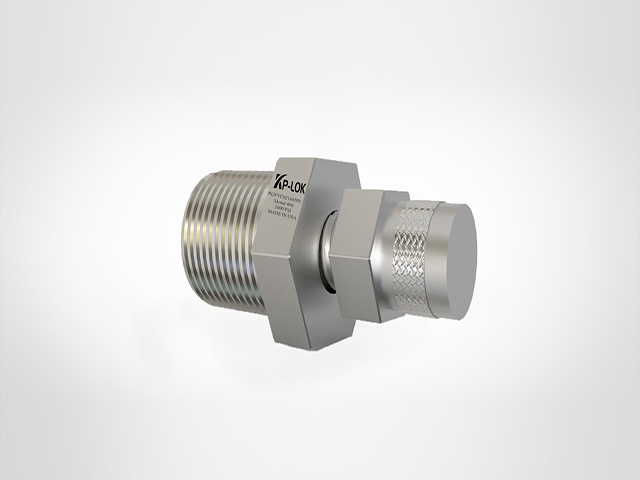Difference Between Full Port And Standard
Porting
Just like any other field or industry, the valve industry also has
its own terminologies. In valve terminologies, some terms are correct and some
are incorrect, some terms mean exactly the same thing, while others mean almost
the same thing. However, the best way to differentiate between full port and
standard porting, is to clearly define some terms.
Differentiating between full port and standard porting can be
confusing. In order to avoid this, a single valve type will be used as example.
A simple 2-way ball valve is suitable for this purpose. A ball valve regulates
flow with the use of a ball that has a hole bored through its center. When https://www.kp-lok.com/product/purge-valves/ the
ball is turned one way, the valves open to allow upstream flow of material; when
turned the other way, the valve closes and flow of material is completely
halted.
In order to make this easy, some terms must be defined
·
Port–this refers to the smallest internal diameter of a valve.
Basically, it is the inlet or outlet of the valve.
·
Bore – almost the same as port, however, it often refers the smallest
internal diameter of the ball inside a ball valve.
·
Full port – when the inside diameter of the pipe connected is nominally equal
to the diameter of the port.
·
Reduced port – when the diameter of the inside port is a size smaller than the
diameter of the pipe to which it is connected. This means that actual inlet and
outlet ports are a size bigger than the bore of the ball.
·
Standard port – the same reduced port
·
Cavitation – formation of bubbles in a liquid caused by a change in pressure.
This happens particularly when travel of liquid is restricted and a change in
pressure occurs rapidly before the liquid can react.
Having the exact measurement is a very important thing when it comes
to pipefitting. Just like a puzzle, only the parts with the right measurements
will fit. However, this is not always the case for valves. The inside diameter
of a valve doesn’t always have to be the same as the inside diameter of the
pipe.
When the inside diameter of a valve matches the inside diameter of a
pipe, it is called a Full bore.When the inside diameter of a valve is smaller
than that of the pipe, it is called a reduced or standard port.
Full Bore
A Full bore permits maximum flow of materials through the valve with
no disruption in flow and just a little cavitation. The full bore valve is best
when moving sensitive materials, especially ones prone to cavitation. It is best
suited for low-flow resistance value and when transporting a mixture of fluids
and solids that could easily separate. Another advantage of the full bore is
that it can be easily cleaned with a Pig (a round shaped plug) as the inside is
uniform all through.
Standard Port
The major advantage of the standard port is that they are fairly
inexpensive. They can also be used in several applications where disruption of
flow pressure has no major impact. Also, standard port ball valves are smaller
than the full port, which makes them suitable in cases where there’s little
room for the valve.
Conclusion
The standard port works in a way contrary to the general belief that
pipes and valves connected must be the same dimension. However, this does not
mean that the standard port is less efficient or could be prone to leaks
because of the difference in diameter. Full port and Standard port valves both
have their advantages and limitations, but it is quite important to know the
difference between them. This will greatly help if you’re having a doubt about
choosing one of the two.

No comments:
Post a Comment